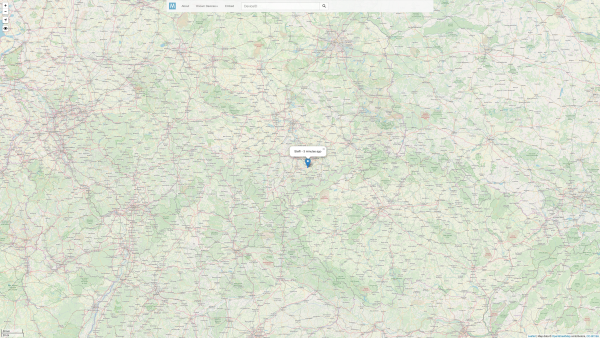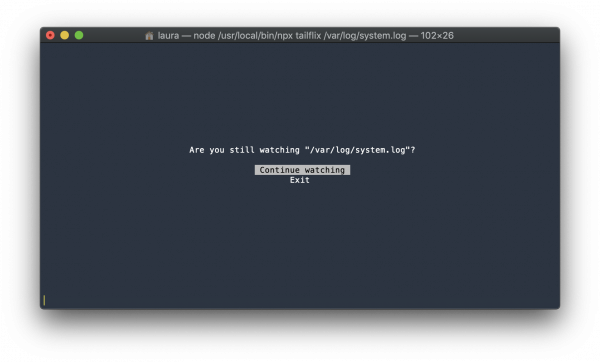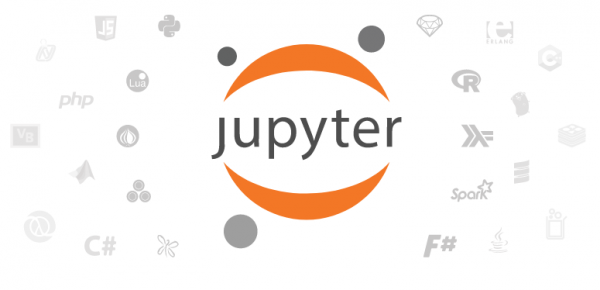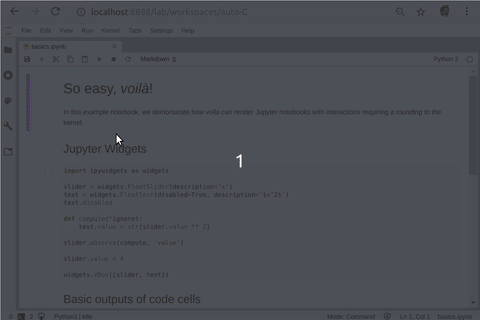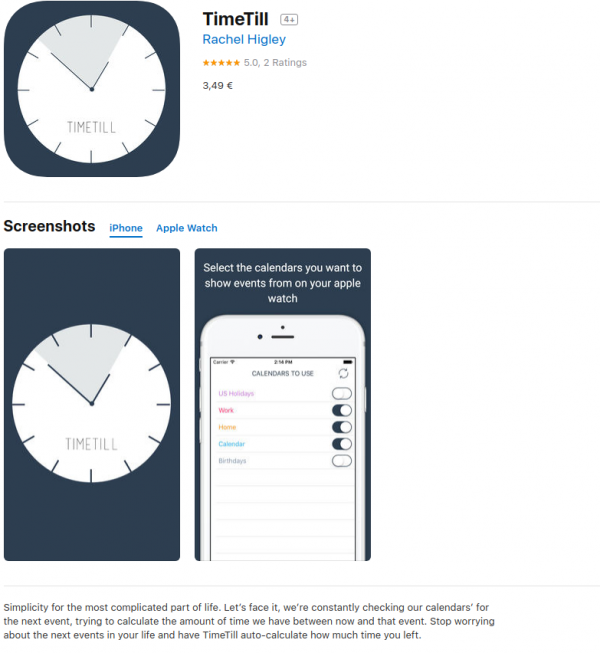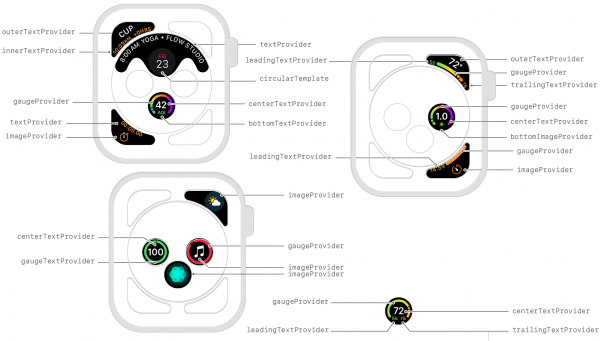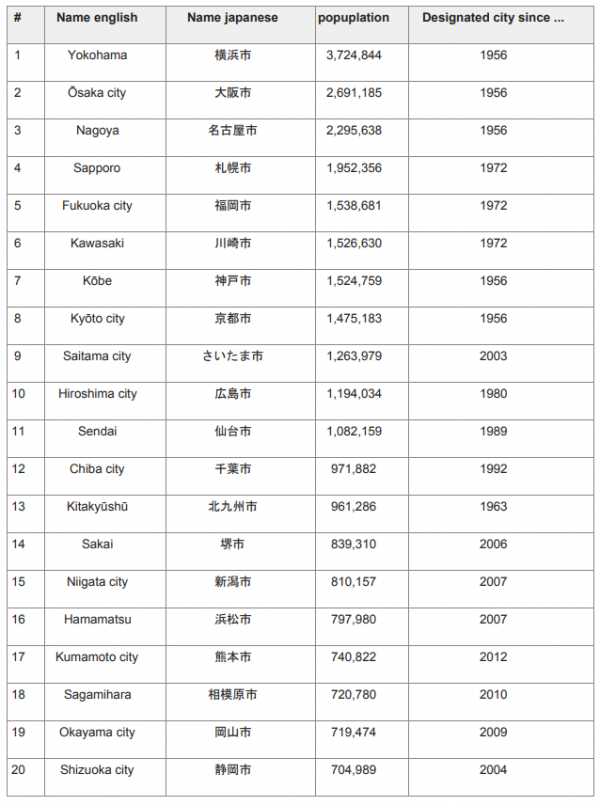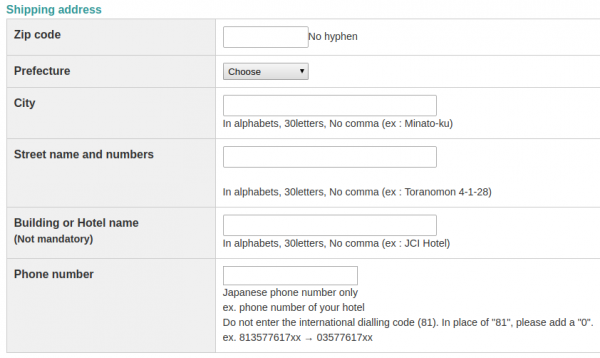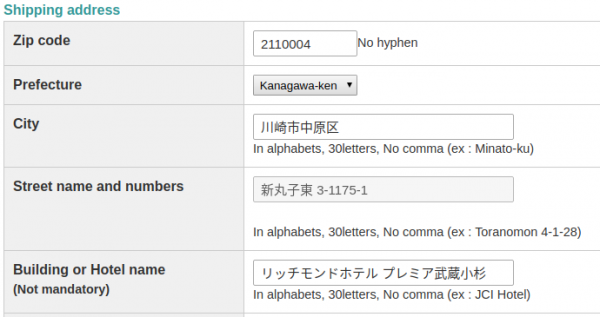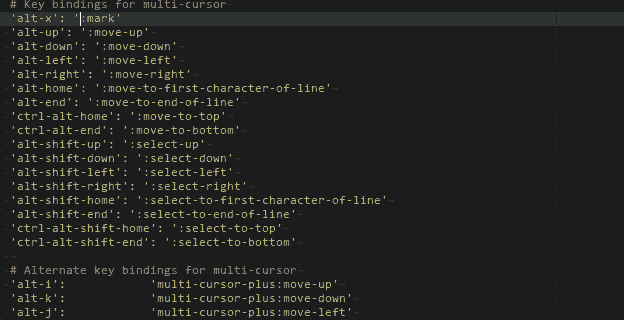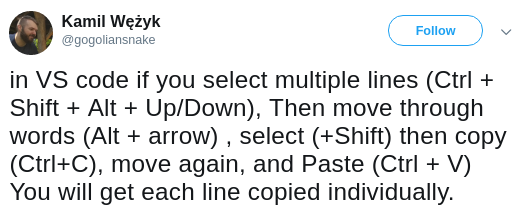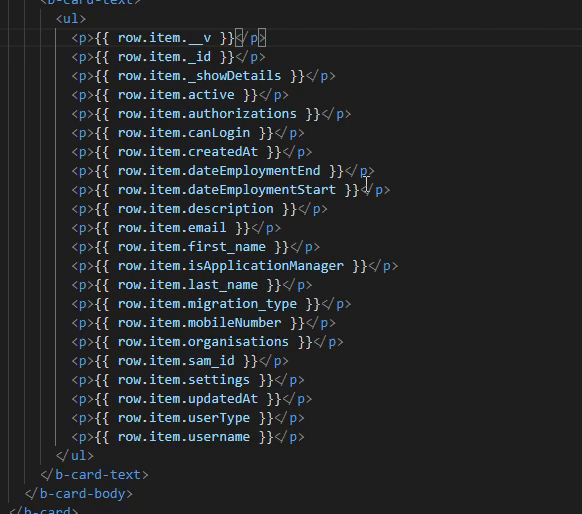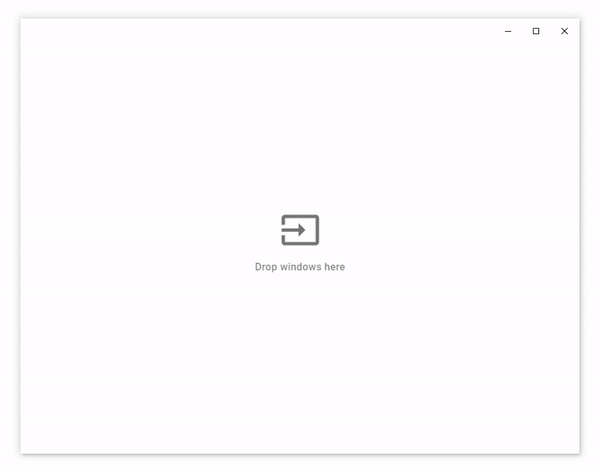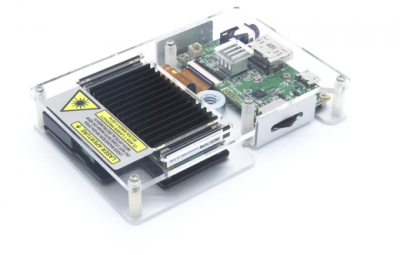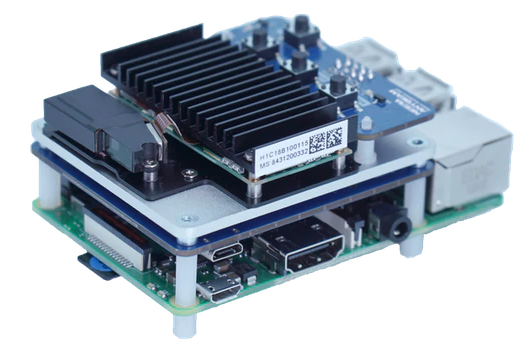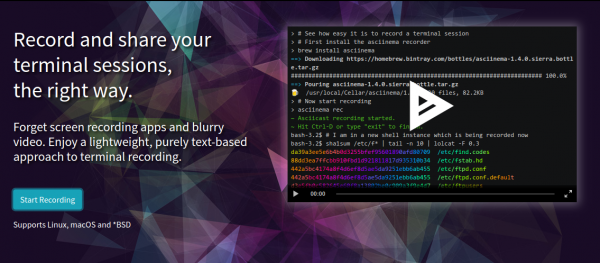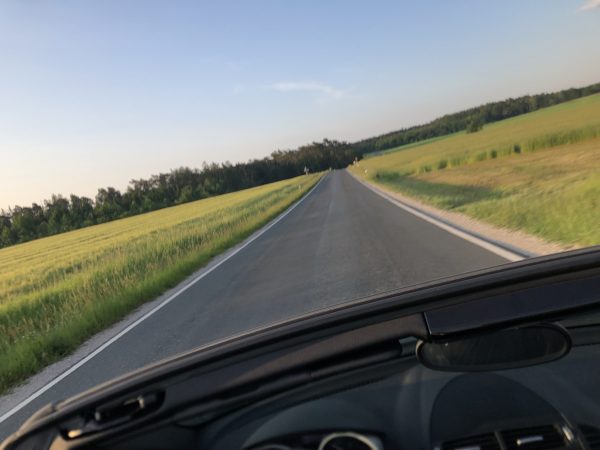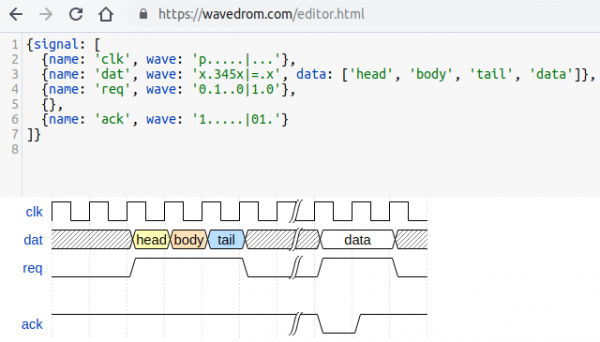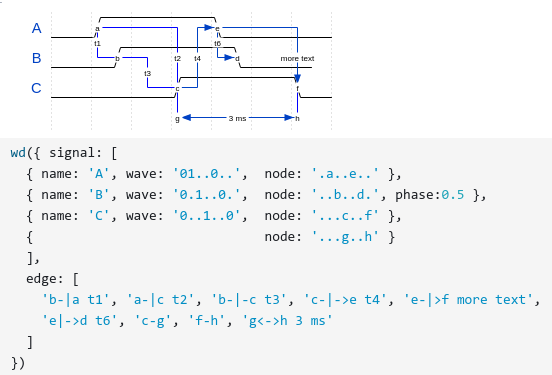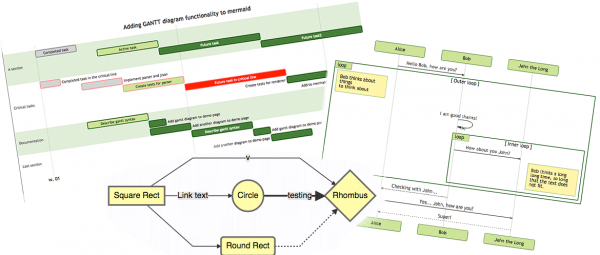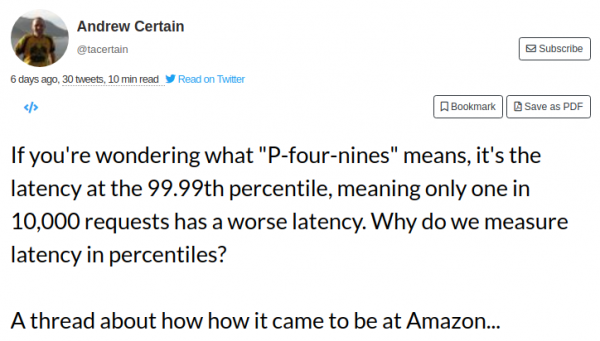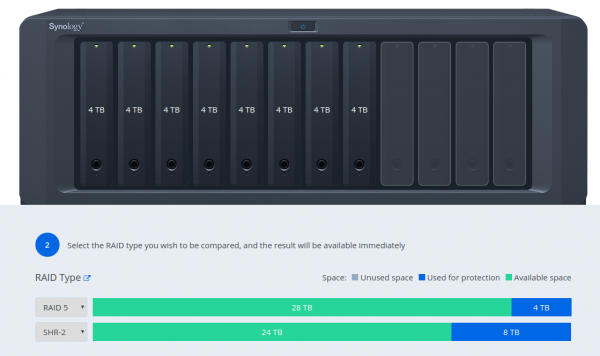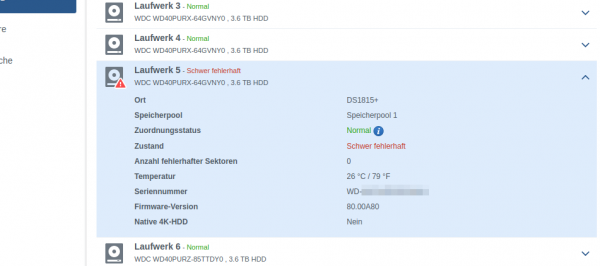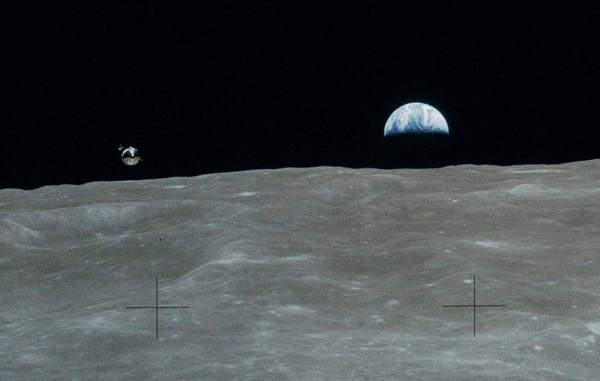Celebrate Imaginary Friend Day

Recognize and credit your imaginary friend, whom you blame for everything on all the other days of the year. Or help someone anonymously, but in a way they’d never expect. (“Captain Tuttle” was the made-up buddy of Benjamin Franklin “Hawkeye” Pierce and “Trapper John” McIntire on the TV show M*A*S*H. They used the mythical captain’s identity to get supplies and funds from the U. S. Military which were then sent to help an orphanage).
Imaginary Friend Day
Hain, Bamberg

Japan wants 5G

TOKYO — Japan’s government will allow NTT Docomo and its three major mobile rivals to set up 5G base stations on traffic signals, hoping to reduce the cost and time it takes to roll out the ultrafast networks by taking advantage of the nation’s high density of traffic lights.
Nikkei
Interesting. It seems that there is another way of doing things when you want to see success. Japan always seems very determined when the decision has been made to adopt something. In the curious case of the mobile communication standard 5G they have chosen a different way over countries like Germany.
Last year when I had asked for a new mobile plan here in Germany and I expressed my surprise about the enormous prices for just data quota I was told “That’s because we had to bid on the frequencies and that was soooo expensive that now we cannot offer the service cheaper”.
“are you still watching?” – tailfix
drop in replacement for tail -F that asks you if you are still watching
Just like Laura I am also was having a moment when I stumbled across tailflix.
For those not understanding the reference: At the end of an episode you’ve watched on Netflix you will be shown another one, and so on, and so on. Until if you have not touched the remote at all for several episodes Netflix will ask you “Are you still watching?”.
serve live interactive Jupyter notebooks
The Jupyter Notebook is an open-source web application that allows you to create and share documents that contain live code, equations, visualizations and narrative text. Uses include: data cleaning and transformation, numerical simulation, statistical modeling, data visualization, machine learning, and much more.
voilá
Voila serves live Jupyter notebook including Jupyter interactive widgets.
Unlike the usual HTML-converted notebooks, each user connecting to the Voila tornado application gets a dedicated Jupyter kernel which can execute the callbacks to changes in Jupyter interactive widgets.
https://github.com/QuantStack/voila
how long until …
I am a happy user of the Apple Watch and iPhones in general. It’s working out great for me so far.
There are a couple of features that I would wish where there. And simple things like an hour-chime or hour/half-hour tap are frequently included into the WatchOS updates.
But some of the more specific features just won’t materialize on Apple Watch.
Think of this: You are doing your thing, you know, being a productive member of the society. And apart from the information “What’s next” the information of “When’s next and how long until then” is equally important.
I already had all information – like upcoming events – in my calendar. Why not have the watch display directly on the watch face how long I’ve got until then?!
This is where I’ve found an app called “Time Till” by Rachel Higley.
You’re downloading it on your iPhone and when opened up first it will show you a list of your calendars.
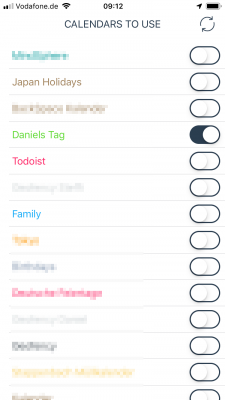
You can turn on/off any of them in this app and by doing so you are selecting which of the calendars will be included in the calculation “how long until the next meeting”.
I’ve only selected one calendar which holds those appointments that I need to know how long until then. So it’s not the next work meeting. It’s important things.
On the watch, however many calendars you’ve selected, it will show you something like this:
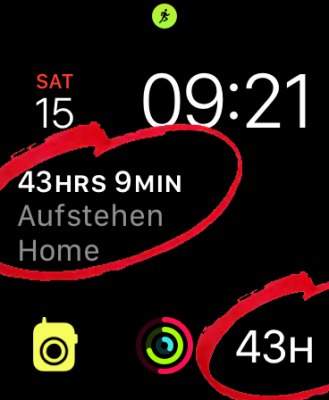
So in this case it’ll show the hours until I have to wake-up. Whatever I put into this calendar will show up there. If I want with the name of the event, but most commonly I am using the bottom right version: just the hours/minutes until.
Unfortunately Rachel is quite busy and so there’s no update for the app to also support the new Modular Infograph complications of WatchOS 5 and up.
If you don’t know how those look like, here is a picture I’ve put together from Apples developer documentation:
So I am thinking to rewrite the app and include the new complications. In fact: I’ve implemented my “Discordian Calendar Apple Watch Complication” app as a test and exercise to learn how I would be able to rewrite “Time Till”.
Now the only thing I need is to be kissed by the muse that fuels the urge to just get it done :-).
when 川崎市 got the 区
Addresses in Japan are fascinating. There’s a system to it, with lots of exceptions and special cases. And just recently there was an announcement about the city I am technically considering home-base when in Japan: Kawasaki (川崎).
As you see in the title of this post there’s a kanji character missing:
川崎 means “Kawasaki” – just the name itself, like used on signs and such.
川崎市 means “Kawasaki-shi” – the name got extended by -shi which in itself will signal that the name before is a city.
And then there is this other kanji in the title: 区. It is spoken as “ku” and basically means “ward”. It’s a bigger city broken down into separate wards.
Not all cities in Japan are required to differentiate into wards – just the ones considered big enough. Kawasaki was considered big enough by 1972 to name out it’s wards.
And so its the Nakahara-ward (中原区) I am usually staying to be more specific on the Kawasaki-home-base-statement at the beginning of this post.
And the designated cities are somehow ranked according to their population. The news here is that apparently given the 2019 population numbers Kawasaki has improved it’s position among all big designated cities by one rank:
Some more details then to the japanese addressing system:
Japanese addresses begin with the largest division of the country, the prefecture. Most of these are called ken (県), but there are also three other special prefecture designations: to (都) for Tokyo, dō (道) for Hokkaidō and fu (府) for the two urban prefectures of Osaka and Kyoto.
Following the prefecture is the municipality. For a large municipality this is the city (shi, 市). Cities with a large enough population, called designated cities, can be further broken down into wards (ku, 区). (In the prefecture of Tokyo, the designation special ward or tokubetsu-ku, 特別区, is also used for municipalities within the former city of Tokyo.) For smaller municipalities, the address includes the district (gun, 郡) followed by the town (chō or machi, 町) or village(mura or son, 村). In Japan, a city is separate from districts, which contain towns and villages.
Japanese addressing system
So let’s make an example, since it’s always great fun for me to figure out the address again when I try to order the SIM card to the hotel address. A good example would be a randomly selected and nice hotel in Nakahara-ku:

The typical english-language online order form / address entry form for shipping SIM cards to hotels gives you this interface:
Ha! Now that’s a challenge, right? At first glance its not obvious but if you take a look at the structure of the address it opens up:

And so, this will reach it’s destination:
multi cursor in vscode and atom
Atom
Install multi-cursor-plus:
Hate reaching for the mouse?
multi-cursor-plusmulti-cursor-plusallows you to create multiple cursors anywhere in the buffer, using only your keyboard. Supports multiple selections and removing previous cursors at any time. Easy to use. Amazing!
VSCode
絵描きさんの作業環境が見たい – I want to see artists’ work environments
We are using computers every day and we are doing this in many different environments. Some of us give their desk space and work environment some more thoughts.
If you want some inspiration regarding your desk and work space, take a look at this great Twitter Hashtag: #絵描きさんの作業環境が見たい
It means “I want to see artists’ work environments” and is used for some years now for japanese artists to post pictures of their work environments…
I also had posted mine, yet not being an artist.
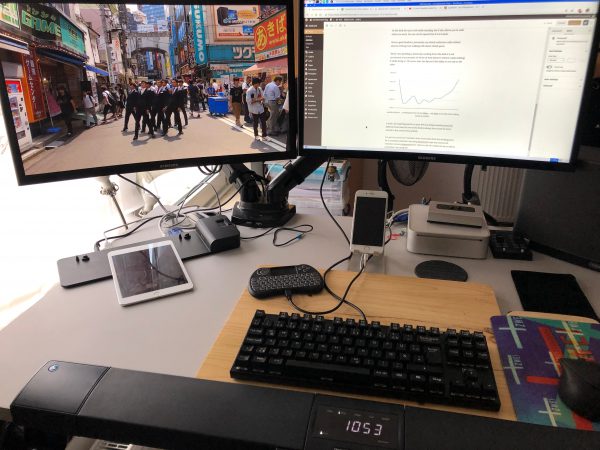
clone files from and to the cloud
Rclone is a command line program to sync files and directories to and from:
Alibaba Cloud (Aliyun) Object Storage System (OSS), Amazon Drive, Amazon S3, Backblaze B2, Box, Ceph, DigitalOcean Spaces, Dreamhost, Dropbox, FTP, Google Cloud Storage, Google Drive, HTTP, Hubic, Jottacloud, IBM COS S3, Koofr, Memset Memstore, Mega, Microsoft Azure Blob Storage, Microsoft OneDrive, Minio, Nextcloud, OVH, OpenDrive, Openstack Swift, Oracle Cloud Storage, ownCloud, pCloud, put.io, QingStor, Rackspace Cloud Files, Scaleway, SFTP, Wasabi, WebDAV, Yandex Disk, The local filesystem
rclone.org
Whenever you would need to move large and/or many files between cloud storages you should give rClone a try.
how did games get to 82 Gbyte sizes?
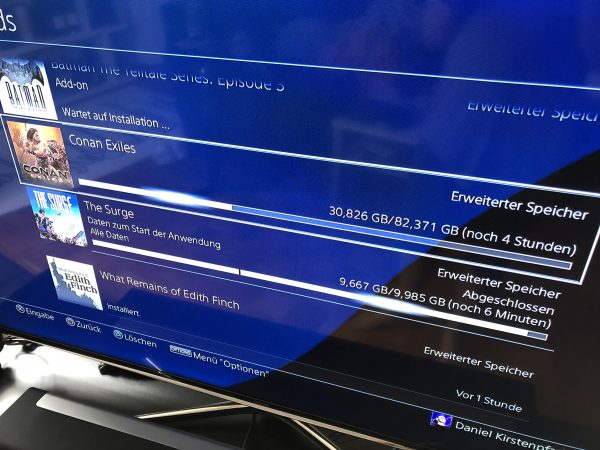
Every month there are free games to download and try out with the Playstation Plus subscription. There was a game named “Conan Exiles” included and so my Playstation started the download.
After the download taking unexpectedly long I checked the download queue and found the reason why it would take so long to download. This game is over 82 Gbyte in size. This is quite unexpected.
Conan Exiles is an open-world survival game set in the brutal lands of Conan the Barbarian. Survive in a savage world, build your kingdom, and dominate your enemies in brutal combat and epic warfare.
Start with nothing but your bare hands and forge the legacy of your clan, building anything a small home to gigantic fortresses and entire cities. Wage war using swords, bows, siege weapons, and even take control of giant avatars of the gods and lay waste to enemy cities.
Explore a vast, seamless world full of challenge and opportunity. Hunt animals for resources, slay monsters for treasure, and delve deep underground to discover the secrets of ancient civilizations.
Conan Exiles: The Game
It’s still downloading. But what content could await if it only fits into 82 Gbyte of (assuming) compressed data?!
record terminal sessions as svg
In addition to the terminal recording tool “asciinema” there’s another one to take a look at:
termtosvg is a Unix terminal recorder written in Python that renders your command line sessions as standalone SVG animations.
https://github.com/nbedos/termtosvg
desktop apps in tabs
Multrin is a
found herecross-platformapp built on top ofElectron,React,styled-componentsandTypeScript, that lets you to organize apps in tabs, by just dropping them onto Multrin. It aims to greatly improve your productivity and organization.
Oh come on…

And to spice things up a bit more:

more small projectors coming
There are new micro-projectors coming and they are looking good. After the first availability of really small and low-power but enough-light LED projectors (see here) manufacturers have apparently added a laser to the equation.
It is said that…
Unlike traditional projectors that constantly need to be focussed, the Nebra AnyBeam picture is always perfect. You can project onto curved or irregular surfaces with ease – perfect if you want to use it on the fly, or if you want to try your hand at a bit of projection mapping!
This thing will be available, according to the Kickstarter, as a all-in-one package with power and HDMI inputs. It’s got 720p inputs. Well. Well really?
And it will be available to the maker market as a RaspberryPi Hat…
asciinema – record your terminal
it’s this time of the year again
technical visualization tools
There’s so much happening in this field as visualizations become more powerful and easier to create.
WaveDrom
WaveDrom draws your Timing Diagram or Waveform from simple textual description. It comes with description language, rendering engine and the editor.
WaveDrom editor works in the browser or can be installed on your system. Rendering engine can be embeded into any webpage.
https://wavedrom.com/
MermaidJS
Generation of diagrams and flowcharts from text in a similar manner as markdown.
Ever wanted to simplify documentation and avoid heavy tools like Visio when explaining your code?
This is why mermaid was born, a simple markdown-like script language for generating charts from text via javascript. Try it using our editor.
Meeting with a hologram
I can never wrap my head around how people really only use audio to communicate within teams, across cultures and timezones.
I’ve experienced first hand what a difference it makes to use good video conferencing that actually works. And it makes such a difference on productivity and team collaboration.
Video conferencing never replaces real-life face-2-face meetings. It just does not start relationships.
If you already had your work and personal relationship started video conferencing will make all the difference to your work.
Anyhow: I am also a big believer in augmented-reality glasses. I have to wear glasses anyhow all the time – why not improving them with the ability to display stuff.
Now, think of this. You’ve got one of those AR glasses on and you start the video conference call. And this happens:
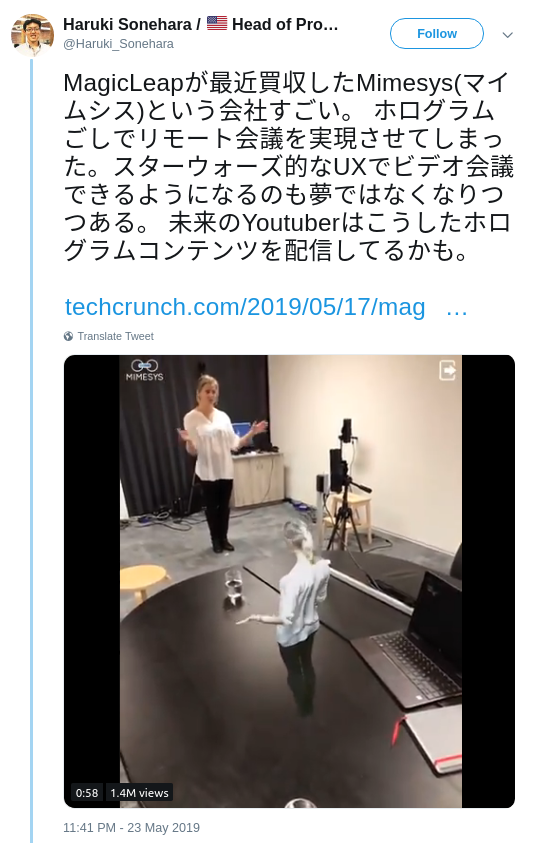
上野

P-four-nines
By many known as “High Availability” this elusive thing as a lot of different perspectives to consider…
update: storage array synced
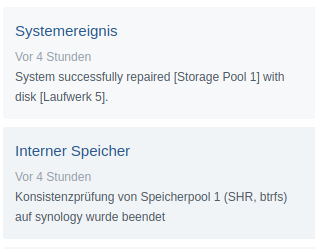
All is good. No data has been harmed in the process. Now drive #8 needs to be replaced.
DLG Gütesiegel in japanese TV commercials
Catching up to some YouTube things during dinner made us see a Japanese TV commercial sporting the German DLG quality seal. Funny to see that these kind of quality seals carry over even to Japan…
The German Agricultural Society (Deutsche Landwirtschafts-Gesellschaft), commonly known as DLG, is an international non-profit organisation for agricultural industry in Germany. DLG was founded in 1885 by Max Eyth, has over 23,000 members as of 2011 and is headquartered in Frankfurt am Main. Its main purpose is to promote technical progress and scientific advances in the food and agricultural industry, including setting standards.
DLG
always go for double redundancy
As the replacement drive for yesterdays hard drive crash was put into place the storage array started to re-silver the newly added empty drive. This process takes a while – about 8 hours for this particular type of array.
Interestingly just 2 minutes into the process another drive dropped a bombshell:
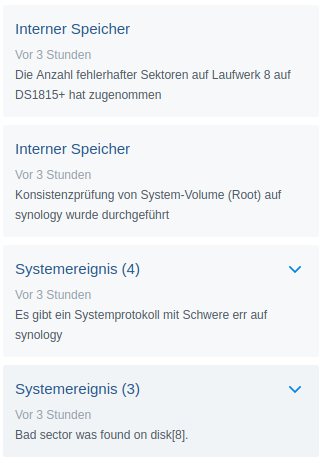
Apparently disk 8 holds together it’s business so far but dropped a couple of parity errors into the equation.
This is bad news. But so far science still is on my side of things and no data has been lost.
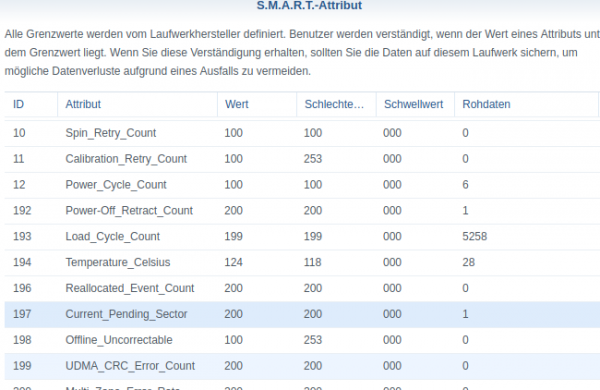
But now redundancy is down completely. There’s no redundancy for now – until the replaced hard disk is fully integrated. My policy for these sized drives demands a minimum of 2-disk redundancy and for today this policy saved the day (data).
Actually let’s dive a bit into what it’s doing there to achieve 2-disk redundancy:
Synology Hybrid RAID (SHR) is an automated RAID management system from Synology, designed to make storage volume deployment quick and easy. If you don’t know much about RAID, SHR is recommended to set up the storage volume on your Synology NAS.
You will learn different types of SHR and their advantages/disadvantages over classic single disk/RAID setups. In the end, you will be able to choose a type of RAID or SHR for the best interest of your storage volume. This article assumes that as the admin of your Synology NAS, you are also an experienced network administrator with a firm grasp of RAID management.
Synology Hybrid Raid
So you trade data redundancy and safety for useable disk space. Here this is compared to traditional RAID 5:
disk down, rinse and repeat.
After the sudden death of a hard drive in one of the house’ storage arrays (after 55997 hours of service) beginning of this month it has happened again:
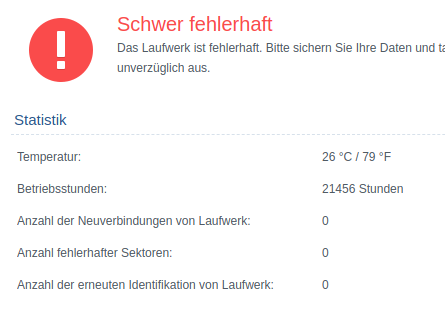
With less than half the runtime of the previously dead disk this one is an early failure. Well within the warranty. Therefore the disk is already en route to be replaced by an RMA (Western Digital RMA process so far is spotless!)
Anyhow: This was a 4 TB drive. It’s in an array with 2-disk redundancy and 8 other drives. So the array still is operating with redundancy right now. Additionally a full backup exists as well as a hot-standby (but slower) offsite mirror.
I am quite confident to not loose data. But this raid-sync is going to take a bit longer. As drives get bigger, syncs get longer.
Celebrate Syaday!
Sweetmorn 5 Confusion: The Apostle Sri Syadasti’s Holyday. An Indian Pundit and Prince, born of the Peyotl Tribe, son of Gentle Chief Sun Flower Seed and the squaw Merry Jane. Living embodiment of the Discordian Affirmation. Patron to psychedelic type Discordians.
Syaday
the future of (speech) podcasts
The Podlove project once again leads the way to improve the experience and the way we interact with knowledge and thoughts. With the most current announcement and introduction of transcription-support for podcasts. Click on it right now and try it yourself.
Fulltext-search. Listening to podcasts by reading them. This-is-amazing!
Transcripts are coming
from the Podlove Publisher 2.8 announcement
Transcripts are an incredibly desirable thing to have for podcasts: they allow searching for specific parts, increase searchability by search sites when presented properly and they increase the accessibility of audio content significantly too.
However, transcripts have been considerably difficult to be created and used. Manually created transcripts are costly in terms of time and money and even if you spend the money there has been a lack of technical standards for storing and integrating transcripts into websites in a defined way.
This is now slowly changing: more and more automated speech-to-text systems are becoming available at reasonable costs and they are creating ever better transcripts with more and more languages being supported.
Still, automatic transcripts trail manually created transcripts in terms of accuracy, punctuation and so on but they are increasingly useful when they are primarily used for improving search results or helping you with your internal research when trying to find content in your older episodes.
New services are also coming up to deal with these problems by allowing users to quickly build on automatic transcripts and improve them manually in an assisted fashion. We will soon see a landscape of tools and services that will make creating transcripts easy and cheap enough for more and more podcasters so it’s time to come up with a good integration.
Last but not least, the WebVTT file format has become a de-facto common denominator for passing transcripts along, supporting time codes, speaker identification and a rudimentary set of meta data. While not perfect it’s enough to get a transcript infrastructure up and running and Podlove is leading the way.
done.
Server move has been finished!
If you can read this article you are already getting this website served from the new machine and your DNS got the memo to update.
かくれんぼ
かくれんぼ – kakurenbo – Hide and Seek
見つけた!- mitsuketa – I found you!
見つかった!- mitsukatta – You found me!
Freut euch des Labenz!
Labenz, das
https://labenz.neutsch.org/index.php
Ein allgemein bekannter Gegenstand oder eine vertraute Erfahrung, für den oder die bisher noch keine Bezeichnung existiert.
Douglas Adams, John Lloyd & Sven Böttcher: Der tiefere Sinn des Labenz
Im Leben gibt es unzählige Dinge, Gefühle, Menschentypen und Situationen, die jeder aus dem Alltag kennt, denen man aber bisher versäumt hat, einen Namen zu geben. Wer kennt das nicht: Man steht gedankenverloren in der Küche und fragt sich, was man dort eigentlich wollte. Oder wie heißt eigentlich dieser halblose Plastikrand unten an Kunststoffflaschenschraubdeckeln?
As for the english speaking audience: Douglas Adams, The meaning of Liff
make linux fast (unsecure) again
The CPU/hardware related bugs surfacing the last couple of years have mostly been fixed by adjusting the software that is run. Sometimes only by disabling certain features of a CPU or patching the microcode in the CPU itself.
The issue with this is that by fixing these issues features got disabled and workarounds had been introduced that lowered performance. Dramatically so for some use-cases.
By how much? Well it really depends on your CPU and use-cases. But maybe you want to try yourself. If you want to know the most current parameters to pass to your kernel on boot-up to disable all the performance impacting fixes, go here:
It is not recommended to have this in productive use – as you can imagine. Those bugs where fixed for a reason.
Earth, Moon, Spaceship.
As you might know humans are going to go “back to the moon“. At least when you ask a certain eCommerce mogul.
We have been there already. 40+ years ago. And since then we have unlearnt how to do it.
Just to give an impression of what we as humans where capable to achieve 40 years ago:
There’s a whole collection of these photos freely available for further digging. Go there and spend a day!
Imagine: Humans flew there and back. With 60s tech. What can we do now when we want it?
Of course. The important bit is not really flying there and back. The most important thing for me is perspective.
Look at that small blue-white marble. We should reset our perspectives regularly.
